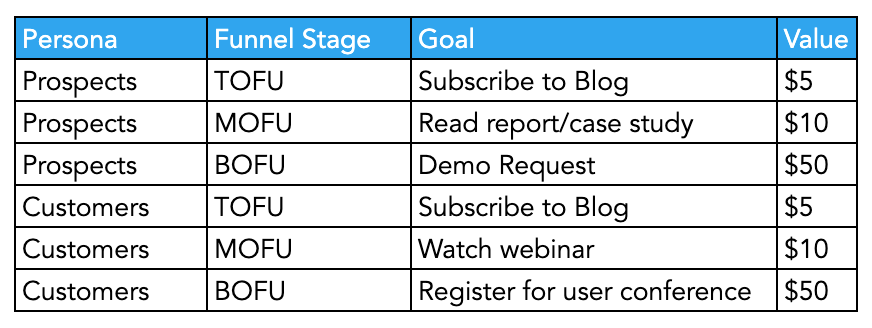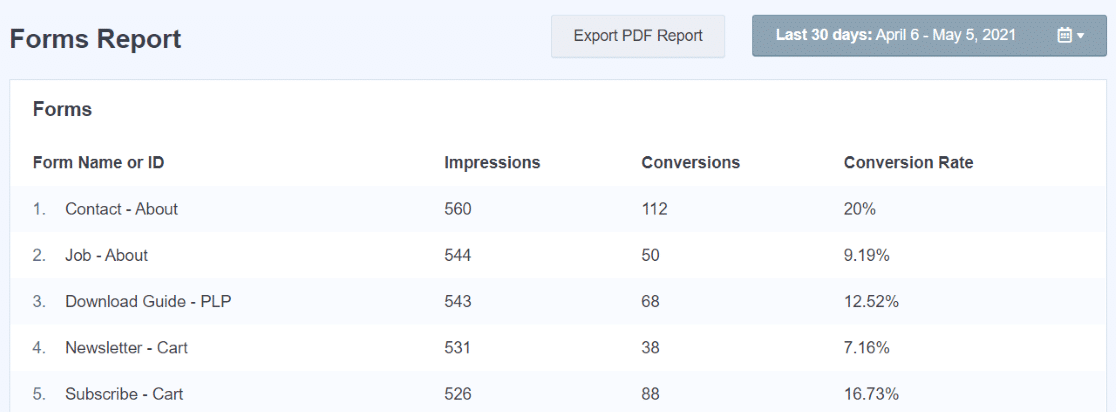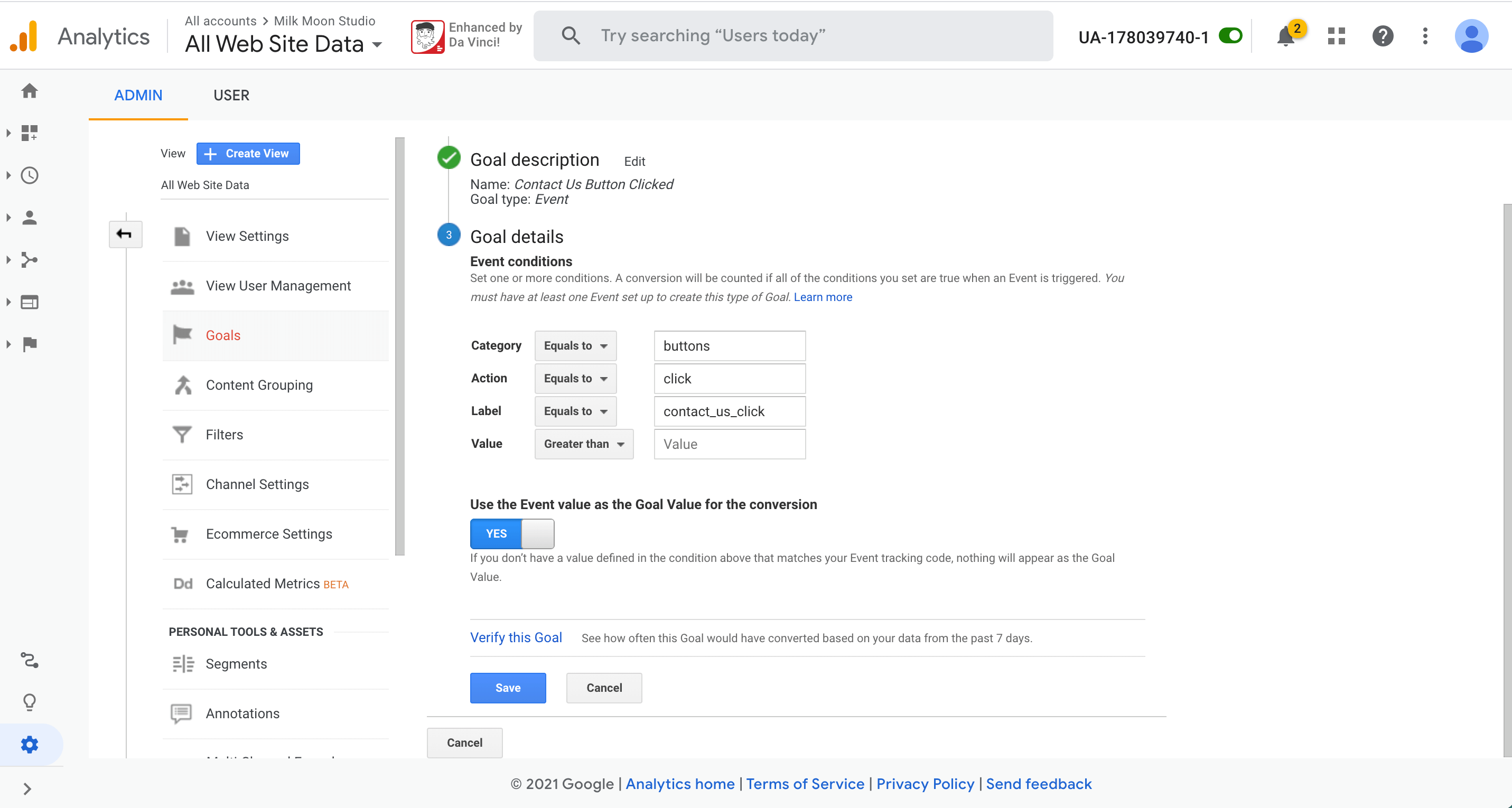Find Out What Data Is Google Analytics Goals Unable to Track
Find Out What Data Is Google Analytics Goals Unable to Track
Blog Article
Unveiling the Blind Destinations: Understanding What Google Analytics Goals Can not Determine
In the world of digital analytics, Google Analytics stands as a powerful tool for monitoring and evaluating online customer communications. Amid its robust abilities, there exist blind places that frequently evade dimension. what data is google analytics goals unable to track. Understanding what Google Analytics objectives can not measure is important for obtaining an extensive view of customer behavior and involvement. As we explore the intricacies of these dead spots, we uncover a complicated web of undiscovered regions that hold important understandings right into customer actions and inspirations, tough conventional knowledge and dropping light on the limitations of our data-driven understanding.
User Actions on External Operatings Systems
Recognizing exactly how individuals engage on exterior platforms is essential for optimizing on-line methods. Exterior platforms, such as social networks networks, recommendation web sites, and on-line forums, play a considerable function in driving website traffic to a company's site. By examining customer habits on these systems, companies can acquire beneficial understandings into the performance of their advertising initiatives and the preferences of their target market.
One secret facet of user habits on outside platforms is the recommendation resource. By tracking where the individuals are originating from, organizations can recognize which platforms are driving the most traffic to their site. This details can aid business designate their resources better, concentrating on the platforms that yield the most effective results.

Offline Interactions and conversions
Evaluating user behavior on external systems provides valuable understandings into on-line methods; nevertheless, considering offline conversions and communications is just as important for a detailed understanding of a firm's overall performance. While Google Analytics stands out at tracking online communications, it drops short in capturing the complete client trip that usually includes offline touchpoints. Offline conversions, such as in-store purchases or phone inquiries, play a significant duty in lots of organizations' success. Disregarding these communications can cause an altered sight of the effectiveness of advertising campaigns and general service efficiency.

Acknowledgment Beyond Last Click
When diving right into the world of electronic marketing analytics, it becomes necessary to look beyond the single touchpoint of the last click for a more thorough understanding of acknowledgment. While Google Analytics gives important insights into individual behavior, relying entirely on last-click acknowledgment can be limiting - what data is google analytics goals unable to track. Acknowledgment designs that go beyond the last click use a more nuanced sight of the client journey, considering all the touchpoints that result in a conversion
Attribution past the last click permits online marketers to assign debt website here to numerous communications along the conversion path, providing a clearer image of the performance of different marketing channels. By checking out multi-touch attribution designs such as direct, time decay, or position-based attribution, businesses can better allocate their advertising budgets and optimize their methods for optimal influence.
Recognizing the impact of each touchpoint in the conversion process is crucial for making educated decisions and taking full advantage of ROI. By accepting acknowledgment past the last click, companies can obtain much deeper understandings into client habits and customize their marketing efforts better.
Cross-Device and Cross-Browser Tracking

Likewise, cross-browser monitoring complements cross-device tracking by recording user habits as they switch over in between various web browsers. Recognizing just how individuals communicate with sites on numerous browsers can aid marketers enhance their on the internet experiences to ensure uniformity and performance across different platforms.
Qualitative Data and Customer Intent
Comprehending customer intent via qualitative data analysis is vital for establishing targeted digital advertising approaches that reverberate with the demands and choices of have a peek at this website the target market. Qualitative data supplies insights into the 'why' behind user activities, shedding light on motivations, emotions, and preferences that quantitative information alone can not capture. By examining individual comments, remarks, and interactions, marketers can reveal useful details concerning individual intent, permitting them to customize their messaging, material, and offerings to much better align with what their target market is seeking.
Qualitative information additionally aids in understanding the context in which users engage with a site or app. This contextual understanding allows marketing professionals to develop more individualized and appropriate experiences, ultimately driving higher involvement and conversion rates. By delving into customer intent through qualitative data evaluation, businesses can obtain a much deeper understanding of their target market, resulting in more efficient advertising strategies that meet users' expectations and needs.
Conclusion
In conclusion, Google Analytics goals have limitations in measuring individual actions on outside platforms, offline conversions, attribution beyond last click, cross-device and cross-browser tracking, and qualitative information connected to customer intent. what data is google analytics goals unable to track. It is essential for organizations to be knowledgeable about these unseen areas in order to supplement their data evaluation with other devices and methods to get a more extensive understanding of their target market and improve their general electronic advertising and marketing techniques
By analyzing customer actions on these platforms, businesses can acquire useful insights into the efficiency of their advertising and marketing efforts and the choices of their target audience.
Evaluating user actions on outside systems gives beneficial insights right into on-line strategies; nonetheless, taking into consideration offline conversions and communications is just as critical for an extensive understanding of a company's general efficiency.In electronic advertising analytics, moving past last-click acknowledgment to explore cross-device and cross-browser tracking is crucial for getting an all natural understanding of customer interactions across numerous platforms and gadgets. By analyzing user feedback, comments, and communications, marketers can discover important info regarding individual intent, enabling them to tailor their messaging, content, and offerings to much better line up with what their audience is seeking.
By delving into customer intent via qualitative information analysis, organizations can get a deeper understanding of their target audience, leading to much more efficient marketing methods that satisfy individuals' demands and expectations.
Report this page